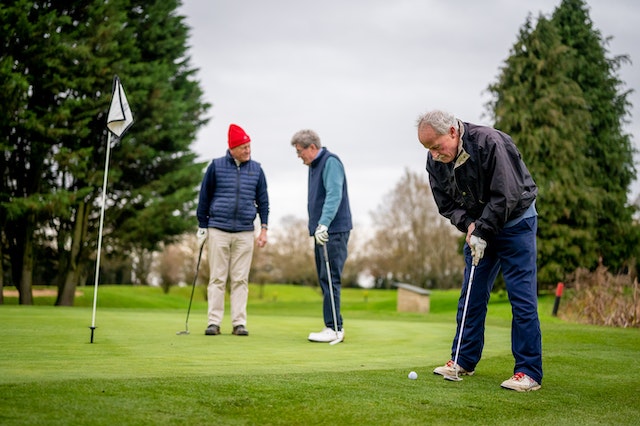Strokes-gained: Golf’s most sustainable scoring metric?

The sport of golf has long been a numbers game. We’re not just talking about the highest under-par score on a leaderboard either. With technology evolving at pace, today’s golfers now have more data at their fingertips than ever before.
In the last couple of decades, greens in-regulation (GIR) was an acceptable measurement for the accuracy and form of a player. The more greens found, the more likely a player is to land birdies and eagles. GIR is a guide to the most technically gifted iron players, who can safely negotiate the variables of a course and land the ball on a sixpence.
However, there is a new metric in town that’s attempting to take GIR to another dimension – ‘strokes-gained’. It’s largely been driven by golfers’ thirst for data, which is more intrinsically linked to golf and various other hobbies and pursuits than ever before. Strokes-gained looks to build upon the limitations of GIR and provide even greater meaning to approach play data.
In years gone by, GIR data would be able to rank which players can hit the most greens in regulation. Beyond that, there’s precious little data to separate each player. Strokes-gained is designed to help analysts and golfers alike to determine who benefited more from their approach play.
In fact, strokes-gained assesses and measures every stroke played and compares it with the field average. This metric can be broken down further still into specific shots i.e. putts, drives or irons. It’s all designed to pinpoint potential leaks in a golfer’s game, as well as their undisputed strengths and where they’re earning the most strokes. Although every shot played comprises a small percentage of an overall stroke won or lost, it all adds up over the course of a round – or, in the case of a Major, four rounds.
Who developed the strokes-gained concept?

The brains behind this new metric is a man named Mark Broadie, author of the 2014 book “Every Shot Counts”. Broadie, a seasoned statistician from Columbia University, adopted dynamic programming to build deeper golf data based on a comprehensive database of shot locations. In doing so, Broadie was able to confidently consign statements like “Drive for show, putt for dough” to the history books.
In fact, Broadie was able to throw out this statement by comparing the performances of golf icon Tiger Woods. During his research into Woods’ career performance, it was found that Woods’ booming drives and clutch putting weren’t the key to his unrivalled success. In short, it was his iron play that set him apart from the rest of the field. In fact, his approach play put him 1.4 strokes in front of the field average and four strokes beyond Robert Allenby, who Broadie discovered was the second-best iron player of this period.
Can casual golfers improve their game using strokes-gained?
In a word, yes. In fact, there are golf apps out there that can help amateurs to calculate their strokes-gained index for several core metrics – driving, iron play, short game and putting. By calculating these metrics separately and then combining them together, it’s possible to get an overall strokes-gained figure. There’s also innovative technologies like Toptracer30 that can help players to make those all-important tweaks with real-time training feedback.
There are also apps built solely for the purpose of measuring strokes-gained. The data can help you think differently about your game. Let’s say that your last 18 holes finished with 36 putts. You might feel that it’s an indicator of your profligacy with a putter in hand. However, the app might demonstrate that lots of those putts are from 30-40 feet. Most casual players would do well to two-putt from that range. In actual fact, it’s a demonstration that your approach play leaves a lot to be desired, leaving you too short from the pin.
Some of the most complex applications and algorithms that calculate strokes-gained also take the difficulty of a shot into account, making it easier to determine your shot quality from specific positions and based on a plethora of pin positions. As time elapses, these applications are likely to become even more in-depth, taking green speed, wind speed and direction and rough thickness into consideration.
So everyone from professional to casual golfers, if they are prepared to collect and analyse stats, can benefit from strokes-gained.















Let me tell You a sad story ! There are no comments yet, but You can be first one to comment this article.
Write a comment